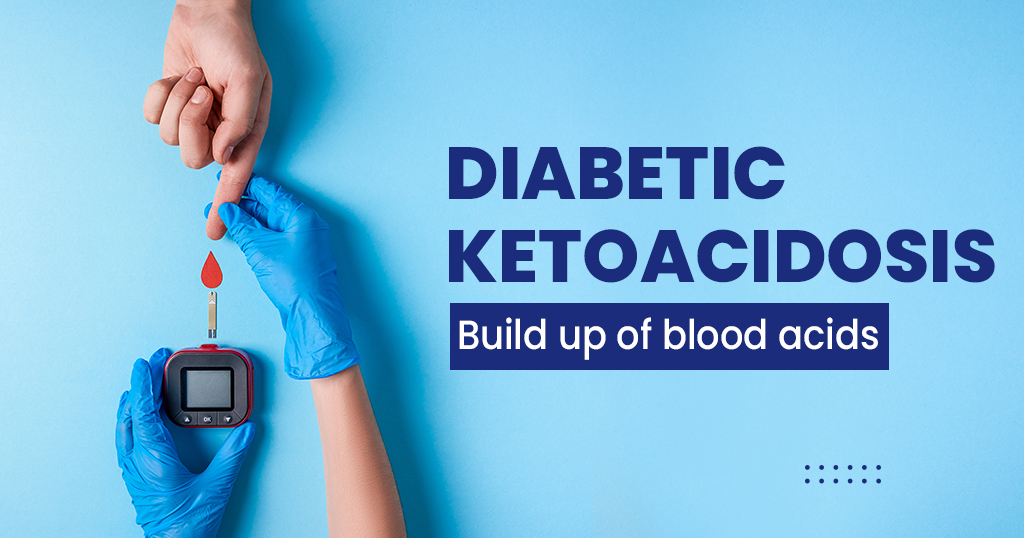Why Do People with Type 1 Diabetes Mellitus Develop Diabetic Ketoacidosis?
Diabetic ketoacidosis (DKA) is a serious complication of diabetes that can be life-threatening. It occurs when there is not enough insulin in the body to allow glucose to enter the cells for energy. As a result, the body starts to break down fat for energy, which produces ketones. Ketones are acidic substances that can build up in the blood and cause a number of health problems.
People with type 1 diabetes are more likely to develop DKA than people with type 2 diabetes. This is because people with type 1 diabetes do not produce any insulin at all, so they are always at risk of developing DKA if their blood sugar levels get too high.
There are a number of things that can trigger DKA in people with type 1 diabetes, including:
- Infection: Infections, such as the flu or a cold, can increase the risk of DKA. This is because infections can raise blood sugar levels and make it harder for the body to use insulin.
- Not taking enough insulin: If you do not take enough insulin, your blood sugar levels will get too high and you may develop DKA.
- Exercising too much: Exercising too much without eating enough food can also lead to DKA. This is because exercise can lower blood sugar levels, but if you do not eat enough food to replace the calories you burn, your body will start to break down fat for energy and produce ketones.
- Stress: Stress can also increase the risk of DKA. This is because stress can raise blood sugar levels and make it harder for the body to use insulin.
If you have type 1 diabetes, it is important to be aware of the symptoms of DKA so that you can get treatment right away. The symptoms of DKA include:
- Increased thirst: You may feel very thirsty, even if you are drinking a lot of fluids.
- Increased urination: You may urinate more often than usual, even if you are not drinking more fluids.
- Deep, rapid breathing: You may breathe more deeply and rapidly than usual.
- Fruity breath: Your breath may have a fruity odor.
- Nausea and vomiting: You may feel nauseated and vomit.
- Abdominal pain: You may have abdominal pain.
- Confusion: You may feel confused or disoriented.
- Drowsiness: You may feel drowsy or sleepy.
If you experience any of these symptoms, it is important to call 911 or go to the emergency room immediately. DKA is a medical emergency and it is important to get treatment as soon as possible.
Treatment for DKA typically involves hospitalization and IV fluids, insulin, and other medications. With prompt treatment, most people with DKA make a full recovery. However, DKA can be fatal if it is not treated, so it is important to be aware of the risks and symptoms and to seek treatment right away if you think you may have DKA.
Here are some tips for preventing DKA:
- Take your insulin as prescribed. This is the most important thing you can do to prevent DKA.
- Check your blood sugar levels regularly. This will help you to identify any problems early on and make adjustments to your treatment plan as needed.
- Treat any infections promptly. Infections can trigger DKA, so it is important to treat them right away.
- Eat regular meals and snacks. This will help to keep your blood sugar levels stable.
- Exercise regularly. Exercise can help to improve insulin sensitivity and lower blood sugar levels.
- Get enough sleep. Sleep is important for overall health, including diabetes management.
By following these tips, you can help to prevent DKA and keep your diabetes under control.













